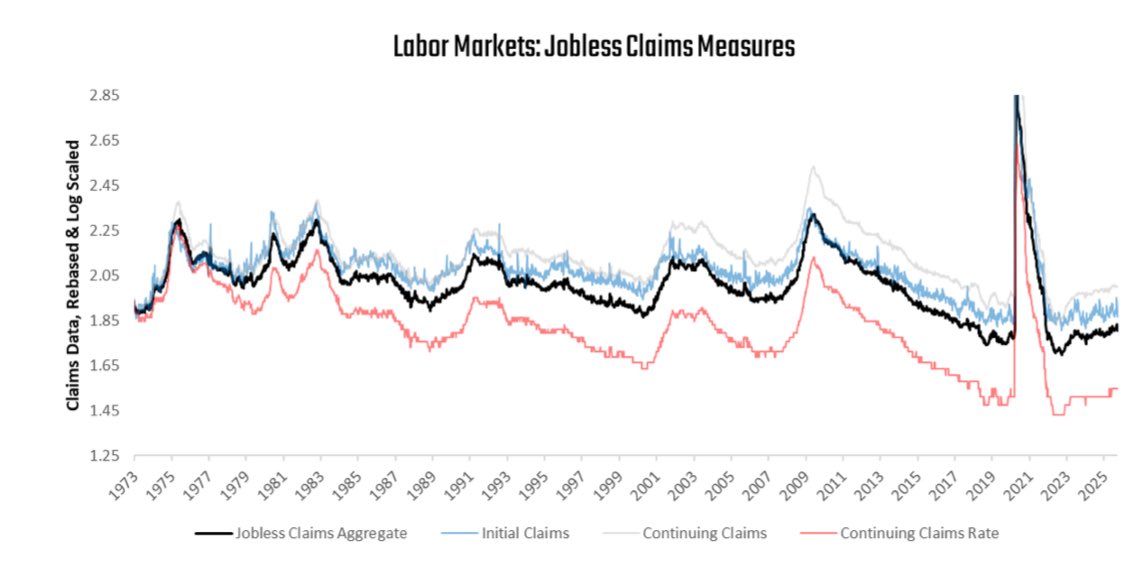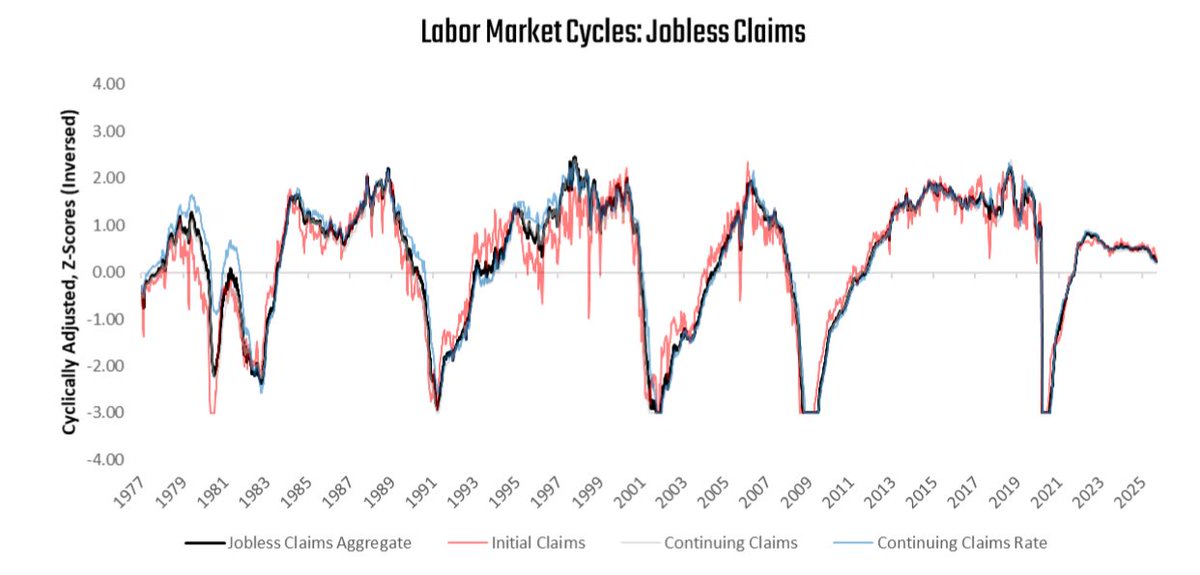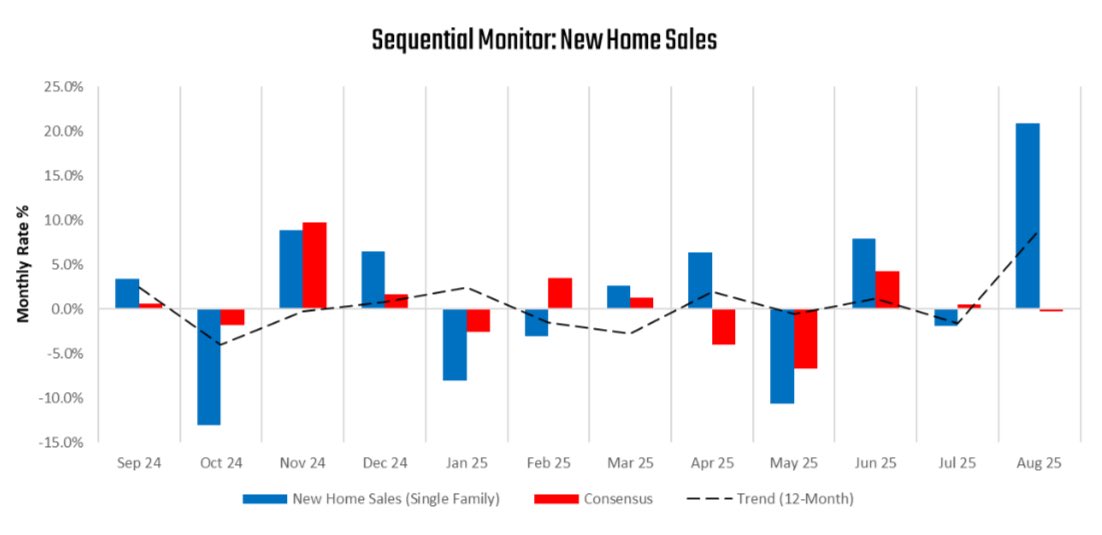On Industrial Production & PMIs
1. As of the latest available data, our PMI composite now shows a reading of -10.93. PMIs are generally strong directional indicators of where we are in the profit cycle.
1. As of the latest available data, our PMI composite now shows a reading of -10.93. PMIs are generally strong directional indicators of where we are in the profit cycle.

2. This is because PMI respondents manage inventories and orders in response to their outlook on revenue and profitability.
3. Nontheless, we ived some degree of mixed messaging from incremental PMI data points. n particular, Empire Manufacturing PMIs showed sequential improvement, while Philadelphia Fed PMI worsened.
4. The latest New York Fed manufacturing survey data showed an expansionary reading of 6.6, surprising consensus expectations of -15.1. This reading was a sequential acceleration within an accelerating trend. 

5. As we can see above, there tends to be considerable noise in month-to-month changes in the index. Nonetheless, this print was marginally positive, while the three-month trend remains negative. Additionally, we also showcase that sub-surveys of the index generally worsened: 

6. While Empire showed positive changes, Philadeplhpia Fed PMI worsened. The latest Philadelphia Fed manufacturing survey data showed a contractionary reading of -13.7, disappointing consensus expectations of 0. 

7. This reading was a sequential deceleration within an accelerating trend. The largest gaining segment was Shipments, and the largest slowdown was in Prices Paid. The breadth of the sub-index data remained weak as well. 

8. Therefore, a comprehensive take suggests flat PMI conditions at best, if not worse. This PMI data is a timely reflection of the ongoing deterioration in manufacturing activity, which we see as weak industrial production data. We explore this next.
9. The latest data for May shows Industrial Production declined, coming in at -0.16%. This print disappointed consensus expectations of 0.05% and contributed to an acceleration in the three-month trend relative to the twelve-month trend: 

10. We break this print into its contributions from production coming from Food (-0.04%), Energy (-0.05%), Autos (0.04%), and All Other Items (-0.11%).
11. Additionally, we also showcase the top 10 contributions by industry. The largest contributor this month was Fuels, and the largest detractor was Converted fuel: 

12. We zoom out to offer further context on the dynamics of industrial production. Over the last year, industrial production has expanded by 0.23%. 

13. Over the last few decades, the importance of food, energy, and automobiles has risen, accounting for a significant amount of the variation in industrial production.
14. Over the last year, food, energy, and automobiles have contributed 0.73% to the 0.23% change in industrial production. We show this impact below: 

15. To further assess the health of the current expansion of industrial production, we examine the diffusion of the 28 subsectors we track. This involves examining the number of industries that are expanding versus those that are contracting.
16. We find that 61% of industries are contracting. Below, we visualize how a diffusion index has generally been a good barometer of the durability of upturns and downturns in industrial production: 

17. To elaborate further, currently, 11 industries are expanding and contributing 1.56% to industrial production, compared to 17 industries showing contraction and detracting -1.42% from industrial production growth compared to one year prior. 

18. Overall, the latest data continues to suggest #weakness in the manufacturing sector, and given cyclical dynamics, these pressures are likely to intensify.
• • •
Missing some Tweet in this thread? You can try to
force a refresh


















